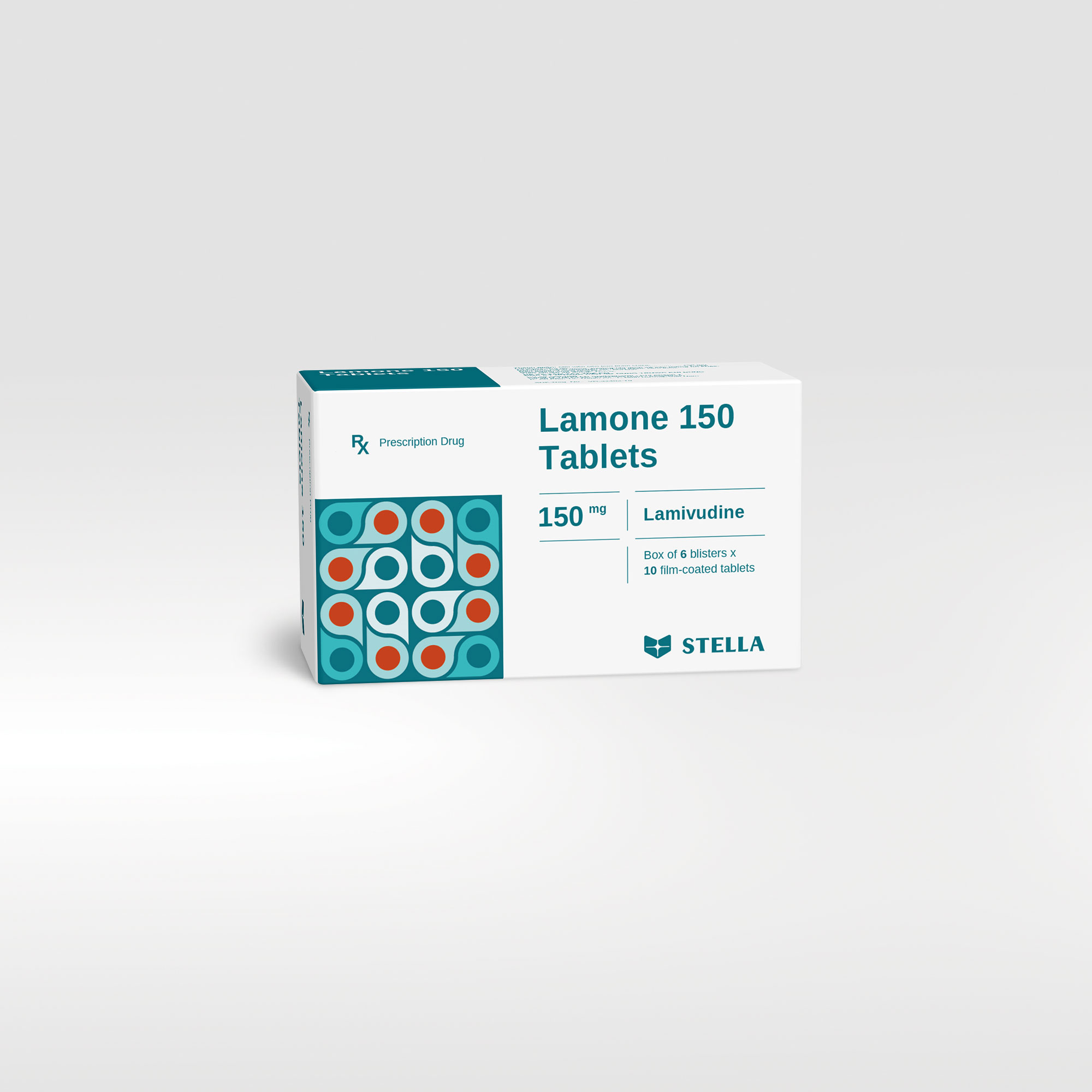Indications
Lamone 150 Tablets is indicated as part of antiretroviral combination therapy for the treatment of Human Immunodeficiency Virus (HIV) infected adults and children.
Dosage
Adults, adolescents and children (weighing at least 25 kg):
300 mg daily. This may be administered as either 150 mg (1 tablet) twice daily or 300 mg (2 tablets) once daily.
Children (weighing less than 25 kg):
- Children weighing ≥ 20 kg to < 25 kg: 225 mg daily. This may be administered as either 75 mg (½ tablet) taken in the morning and 150 mg (1 tablet) taken in the evening, or 225 mg (1 and ½ tablets) taken once daily.
- Children weighing 14 to < 20 kg: 150 mg daily. This may be administered as 75 mg (½ tablet) taken twice daily, or 150 mg (1 tablet) taken once daily.
- Children less than three months of age: The limited data available are insufficient to propose specific dosage recommendations.
Renal impairment:
Adolescents and children (weighing at least 25 kg):
- ClCr ≥ 50 ml/min: First dose is 300 mg (2 tablets) or 150 mg (1 tablet), maintenance dose is 300 mg (2 tablets) once daily or 150 mg (1 tablet) twice daily.
- ClCr 30 to < 50 ml/min: First dose is 150 mg (1 tablet), maintenance dose is 150 mg (1 tablet) once daily.
- ClCr < 30 ml/min: As doses below 150 mg are needed the use of the oral solution is recommended.
Children aged at least 3 months and weighing less than 25 kg: The oral solution may be the most appropriate formulation.
Usage
Lamone 150 Tablets is taken orally with or without food. To ensure administration of the entire dose, the tablet(s) should ideally be swallowed without crushing. Alternatively, for patients who are unable to swallow tablets, the tablet(s) may be crushed and added to a small amount of semisolid food or liquid, all of which should be consumed immediately.











